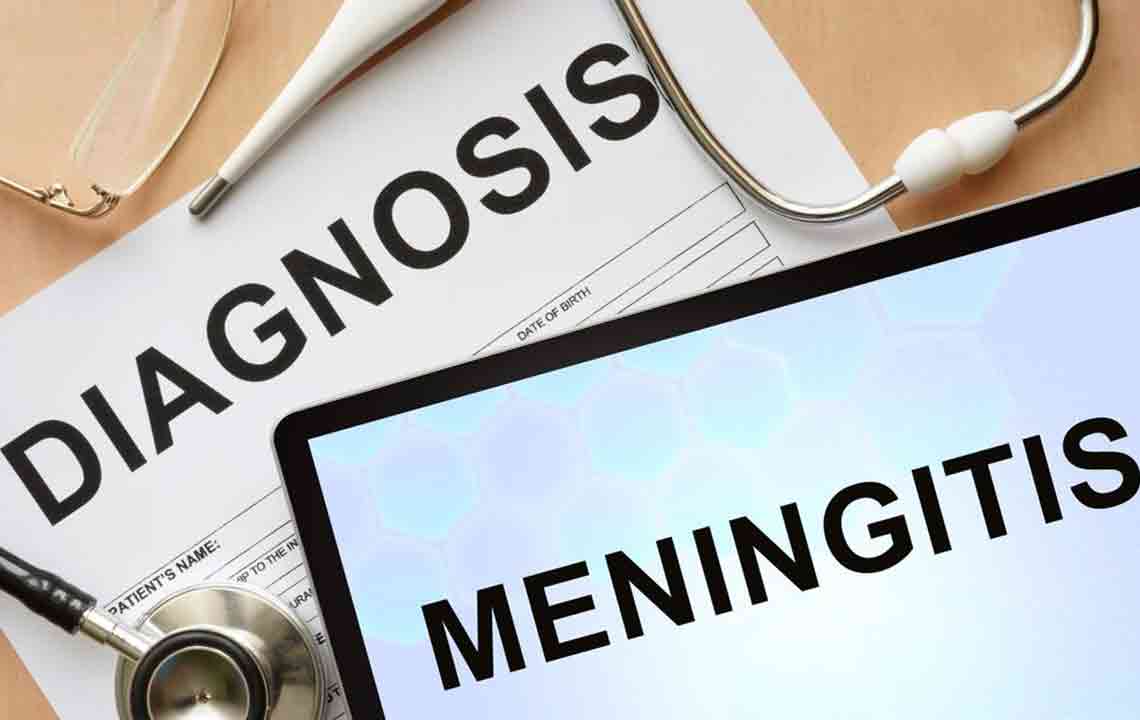Comprehensive Guide to Recognizing and Preventing Meningitis Infection
This comprehensive article explores the key indicators, causes, symptoms, diagnosis, prevention, and long-term effects of meningitis. It emphasizes the importance of early detection, vaccination, and proper care to prevent severe complications and death associated with this life-threatening infection. Updated insights and detailed guidance aim to raise awareness and promote effective management of meningitis across all age groups.

Meningitis is a critical and potentially life-threatening condition caused by inflammation of the meninges—the protective membranes surrounding the brain and spinal cord. This inflammation predominantly results from bacterial or viral infections that can spread rapidly among individuals, especially in close-contact environments such as schools, dormitories, and crowded communities. Understanding the key indicators of meningitis, its causes, symptoms in different age groups, and preventative measures is essential in managing this serious health threat effectively.
Meningitis can develop suddenly and escalate quickly, making early detection and prompt treatment vital. The condition is primarily transmitted through respiratory droplets, nasal secretions, or saliva, which underscores the importance of hygiene and vaccination in preventing outbreaks. People exposed to infected individuals or exhibiting symptoms should seek immediate medical attention to confirm diagnosis and initiate treatment.
Understanding the Causes of Meningitis
The origins of meningitis are predominantly bacterial or viral infections, although fungi and parasites can also cause rare cases. The most common bacterial pathogens include Neisseria meningitidis, Streptococcus pneumoniae, and Haemophilus influenzae type B (Hib). Viral meningitis often results from enteroviruses, herpes simplex virus, or influenza viruses, which are generally less severe and often resolve without specific treatment. Fungal meningitis, while less common, can occur in immunocompromised individuals and requires specific antifungal therapy.
Recognizing Symptoms in Different Age Groups
Symptoms of meningitis vary depending on age and the severity of the infection. In adults, typical signs include a sudden high fever, severe headache, neck stiffness, sensitivity to light (photophobia), nausea, vomiting, confusion, and disorientation. In advanced cases, seizures and coma can develop, underscoring the importance of quick medical intervention.
In children, especially infants, symptoms differ and can be more subtle or atypical. Common signs include high-pitched crying, irritability, difficulty feeding, lethargy, vomiting, bulging soft spots on the baby's head (fontanel), and skin rashes that resemble bruising, which may indicate sepsis. Seizures and seizures-like movements may also occur. Recognizing these signs early in children is crucial since their symptoms might be mistaken for other common illnesses.
Diagnosis and Medical Treatment of Meningitis
Timely diagnosis of meningitis is vital to prevent severe neurological damage or death. Medical practitioners typically perform physical examinations, lumbar puncture (spinal tap) to analyze cerebrospinal fluid, blood tests, and imaging studies such as CT scans or MRIs for confirmation. Identifying the exact pathogen involved guides targeted therapy.
Treatment depends on the cause. Bacterial meningitis requires urgent antibiotic administration to eradicate the infection swiftly. Adjunct therapies may include corticosteroids to reduce inflammation and supportive care such as hydration and pain relief. Viral meningitis, often less severe, may resolve on its own, but antiviral medications are prescribed if necessary. Fungal meningitis requires antifungal drugs. Early interventions significantly improve outcomes and reduce the risk of long-term complications like permanent neurological deficits.
Prevention Strategies and Vaccination
Preventing meningitis involves a multifaceted approach, including good hygiene practices such as regular handwashing, avoiding close contact with infected individuals, and covering coughs and sneezes.
Vaccination plays a pivotal role in protecting against certain bacterial strains. Vaccines like the meningococcal vaccine, pneumococcal vaccine, and Hib vaccine have significantly reduced the incidence of meningitis caused by these pathogens. However, since not all strains are covered by available vaccines, additional precautions should be taken, especially during outbreaks.
For individuals at higher risk, such as those with certain medical conditions or immunosuppression, prophylactic antibiotics might be recommended after exposure. Healthcare providers should emphasize the importance of completing vaccination schedules and maintaining good hygiene to minimize risk.
Living with Meningitis: Long-term Effects and Support
While early diagnosis and treatment can save lives, some survivors of meningitis face lasting complications. These include hearing loss, cognitive impairments, paralysis, seizures, and behavioral or developmental issues, particularly in children. Protective follow-up care, physical therapy, speech therapy, and psychological support are often necessary to address these challenges.
Public awareness campaigns and educational initiatives are essential to inform communities about meningitis symptoms, prevention, and the importance of seeking quick medical help. Ensuring access to affordable vaccines and healthcare facilities can significantly reduce the burden of this disease.
Conclusion
Meningitis remains a severe health issue worldwide, but with advancements in medical science, early detection, vaccination, and improved hygiene practices have made significant strides in prevention. Recognizing early symptoms, especially in vulnerable populations such as infants and the elderly, and seeking immediate medical care are critical for effective treatment and reducing fatalities. Continued education, vaccination programs, and research are vital in ongoing efforts to combat meningitis and protect public health.





